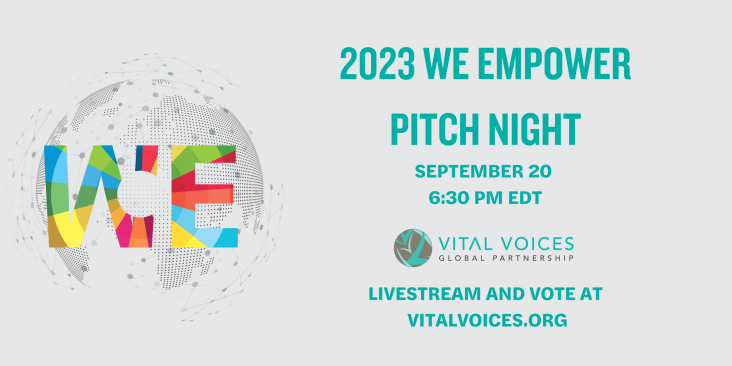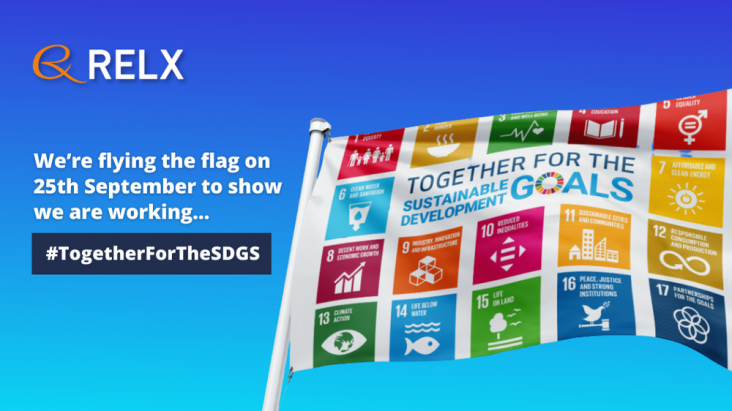
Daniel A. Vallero, Trevor M. Letcher,
Chapter 7 - Leaks,
Editor(s): Daniel A. Vallero, Trevor M. Letcher,
Unraveling Environmental Disasters (Second Edition),
Elsevier,
2024,
Pages 171-205
International Journal of Hygiene and Environmental Health
Volume 254, September 2023, 114268
This study examined the perceived difficulties in maintaining menstrual hygiene among indigenous adolescent girls in Bandarban, Bangladesh during water scarcity periods.
UN's Summit of the Future 2024: Paving the Path for SDG Resources

WE Empower Pitch Night, hosted by Diane von Furstenberg, will be a dynamic evening event bringing together top business leaders, the media and other key influencers to participate in an innovative

As we enter the ninth year since the adoption of the UN Sustainable Development Goals (SDGs) in 2015, the pressing need to meet these ambitious objectives becomes ever more evident.

